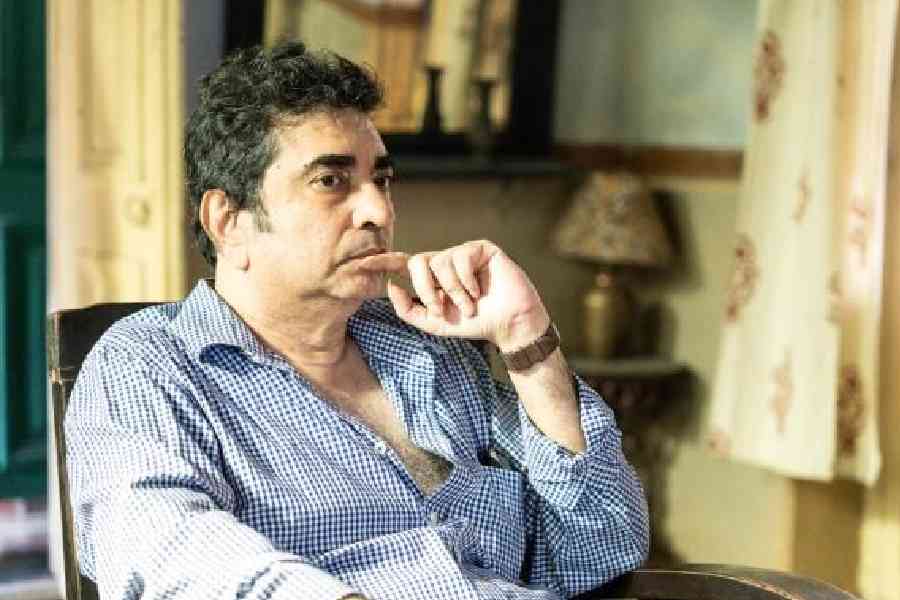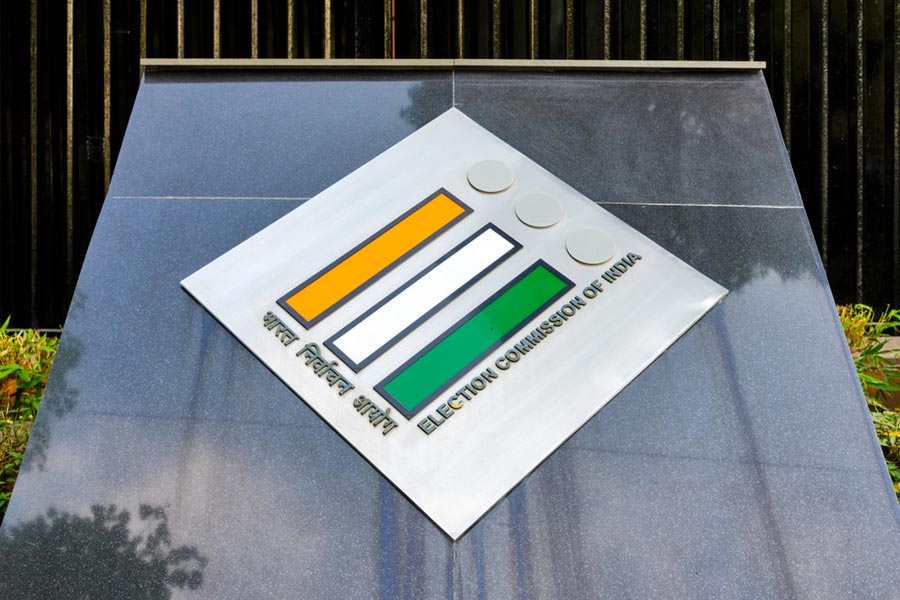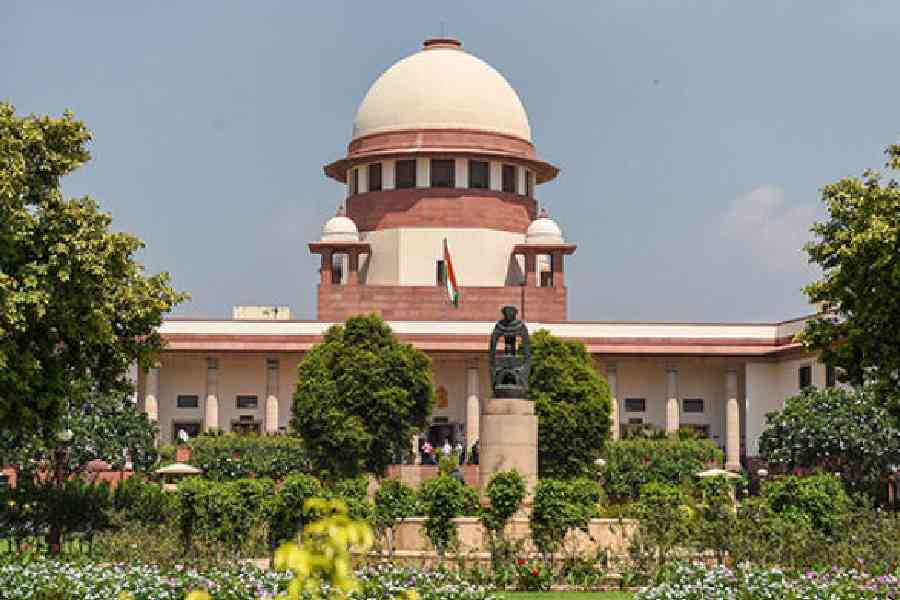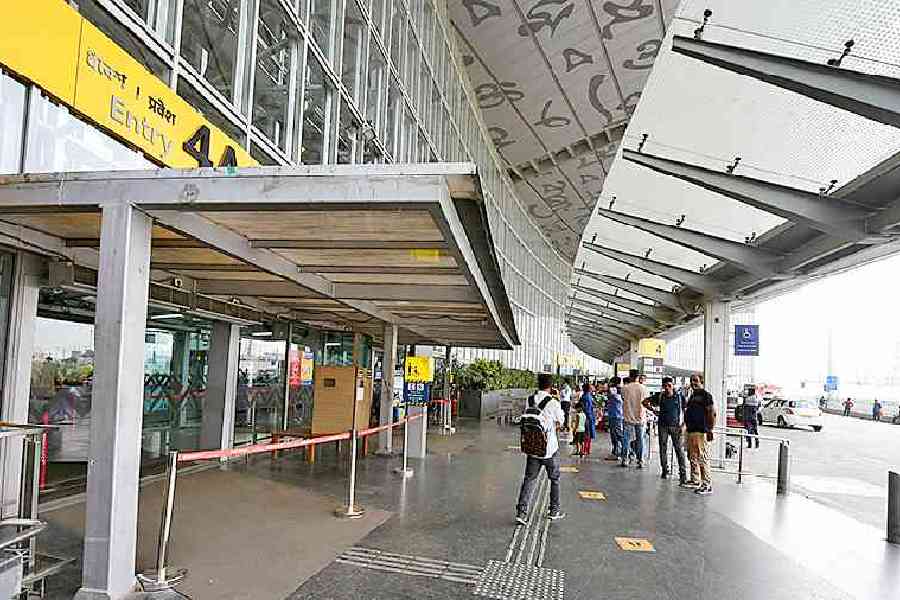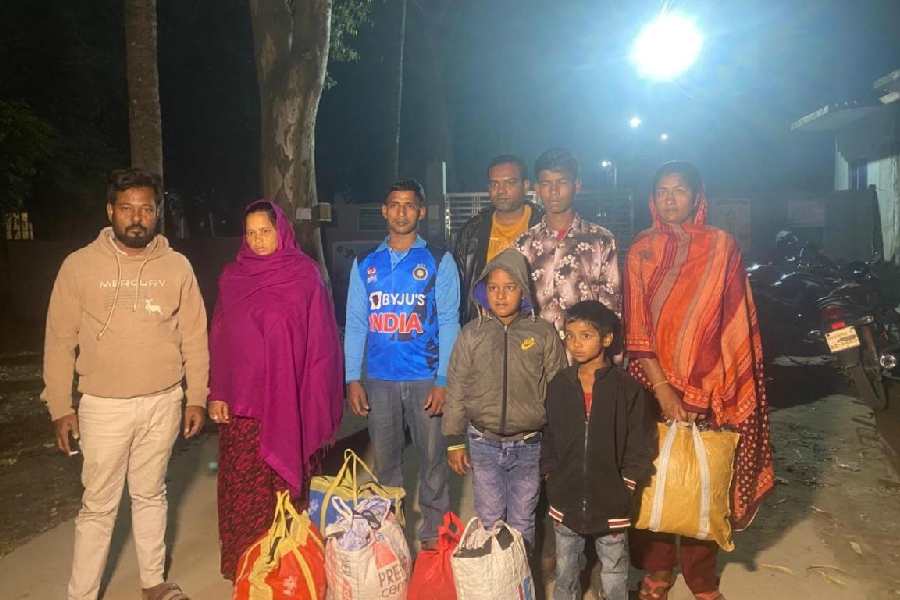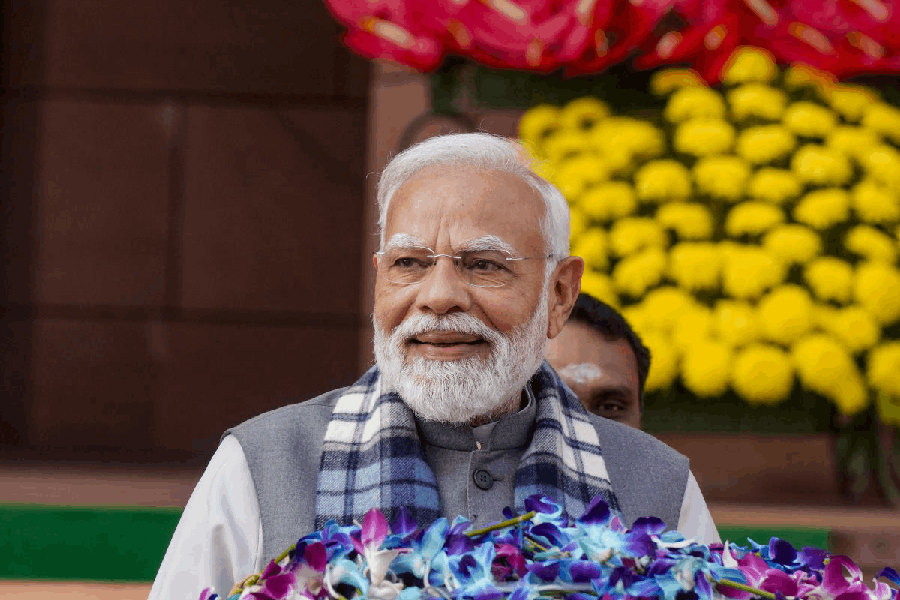Steeped in themes of memory, identity and nostalgia, Joto Kando Kolkatatei, directed by Anik Dutta, completes 25 days in the theatres. A t2 chat with Dutta...
How do you feel about the success of the film?
To be honest, I'm not really an expert on box-office numbers, but I had a hunch that the film would do well. While I can’t claim it’s a blockbuster in the conventional sense, it has certainly performed well, and people have been kind. My producer (Firdausul Hasan) was insistent about the Puja release. People have liked it, that’s good for him and me.
Joto Kando... reminds one of a Feluda film…
When we were young, we often imagined our own parallel narratives, envisioning what we might do in those situations. Our reading list wasn’t limited to Feluda; we also read Secret Seven and Famous Five books. It was all part of a playful exploration. While there are structural similarities, my film has its unique twist too. In all these stories, be it Feluda or Sherlock Holmes, there's an element of willing suspension of disbelief. I had to establish these eccentric characters — the father and the son who loved playing the game of riddles. He even left behind a mysterious letter, assuming no one else would ever read it or decode it. I made sure to drop various hints throughout the narrative for the audience. Not only did I draw inspiration from Feluda, but there are elements reminiscent of Agatha Christie stories too; you’ll find those scenes where the detective gathers everyone in one room to piece everything together in a climactic reveal. However, I aimed to keep the tone light with a human touch and didn't want any excessive violence or acrimony.
You’ve consistently highlighted that intelligent cinema can be funny and family-friendly. Despite this being a mystery story, there was a sense of humour...
Ray himself had a particularly cryptic sense of humour that I explored in Aparajito. In films like Sonar Kella, Lalmohan Babu used to provide the comedy and Feluda was intelligently witty. Instead of including Sidhu jetha, I introduced Bodhida, a character who is erudite... such characters we often miss in films now. Moreover, when it comes to recreating periods, budget constraints can be quite challenging. Authentic outdoor settings — vintage cars, historic houses — require significant resources. I wanted the essence of North Calcutta in the film, but also wanted to incorporate elements of Park Street, a vital part of Calcutta’s past identity. Even the churches of Calcutta intrigued me, which have not been explored in films much.
What is it about the city that captivates you?
This city doesn't fascinate me anymore. But it was always my city and I couldn't leave the city when all my friends were leaving. The city had a character which has weathered. When I was growing up, I felt immense pride in mentioning that I hailed from Calcutta. The people were intriguing; take someone like Allen Ginsberg, who would come and stay for years, roaming around with people like Sunil Ganguly and Shakti Chattopadhyay. They immersed themselves in the local scene and shared brilliant stories. I remember visiting graveyards with friends, witnessing history, with teachers weaving tales about Henry Derozio. It was as if we were stepping back in time, connecting with our roots and ambitions. While being from South Calcutta, North Calcutta felt like a living museum. I think we over-glorify Calcutta a bit but that is how we are.
What kind of research informed the atmosphere of the 1960s in your film, especially since fact and fiction intertwine so beautifully in the narrative?
Honestly, I didn’t dive deep into research; I’d seen the locations, heard the stories, and absorbed the rich history surrounding them. There was Thomas Daniell, which I made it into Daniell Thomas; he had a nephew, and the two of them created several paintings, some of which I incorporated. I made a few tweaks and just needed to verify a few details. Each Feluda story offers a glimpse into something new — like that one story where he listed the full names of classical Western composers. There was also the history of Bourne and Shepherd. There's so much to know about Calcutta's past from the Feluda films. This exploration felt like reliving history, and also served as a tribute to Feluda, who enriched our lives and made it very interesting. As for auction houses, it's been a regular stop for me.
The locations you delve into are truly iconic. Did you ever find yourself facing a tough decision about which place to feature in the film?
Budget constraints often guided our choices. For instance, I have a fondness for Park Street Cemetery, but getting permission there can be challenging. Babuda (Sandip Ray) got it for Gorosthaney Sabdhan. I suggested St. John's, where there’s a smaller cemetery with some intriguing elements — the tomb of Job Charnock and Lady Canning, and the first room of the East India Company. It's remarkable to think that our conversation in English today stems from that historical site... and then there’s the grand pipe organ.
Music is a very essential part of your films.
My music director, Debojyoti Mishra, is extremely knowledgeable about Western classical music, which helped in our decision to incorporate a Mozart piece. In the title song, each line corresponds to a bar or movement of the theme. We used that musical piece throughout, blending it with original elements for copyright reasons. We drew inspiration from a song for the Trincas scene but created something new, naming it Secret Lover to reflect a hidden romance. When it came to the Rooftop song, we collaborated with young artistes. Anindya sang our title song and Upal's rooftop inspired our rooftop concert but the song was somewhat folkish. For the Darjeeling song, partly in Nepali and Bengali, we captured the atmosphere of mist and rain. Typically, I use music sparingly, but this time we embraced it more, weaving it into the narrative to sustain tension throughout the film.
Your films focus on the dilapidated condition of Calcutta’s treasured colonial architecture found in its old houses...
It’s one of my obsessions. While modern high-rises are nice, many simply do not resonate the way the older structures do. Not only in the North, in South Calcutta too, where now, instead of being left to decay, these have been transformed into cafes — a twist on restoration. The Art Deco gems here also exemplify the city’s architectural allure. I’ve been fascinated by these houses and have pursued their owners, as many of them are either no longer in Calcutta or have moved abroad, leading to these homes being sold off. There are interesting dynamics at play in terms of value and the often peculiar trading practices.
Is there a scene you'd like to shoot differently?
Definitely, there are a few. But I often wonder about the necessity of reimagining those scenes. But Bow Barracks, for instance, is so strikingly vivid, especially that bold red. I envisioned a shot of two characters entering and searching for Leslie’s room, but we ultimately chose to cut straight to the room and back out again. I wanted the final shot to capture that moment of revelation, coupled with the festive Christmas lights they put up during the season. But it wasn’t easy; every time we returned to shoot, the cost seemed to rise dramatically. The same happened with St. John's Church.
As for the characters, which were all very layered, which one did you enjoy exploring the most?
Bodhida stands out as particularly fascinating. I’ve encountered IPS officers who are extremely knowledgeable and engaging. There's still a wealth of interesting and respected individuals in that world, and Bodhida embodies that depth. Abir resembles Feluda in some ways, but I wanted to ensure that Topshe his character wasn’t just a carbon copy. My costume designer suggested a fresh approach — avoiding the typical short jacket look. I aimed for a "boy next door" vibe without veering into the realm of being overdressed or being a fashion victim. Then there’s Saba’s character, who also brought some interesting dynamics to the table.
What emotions did you seek to evoke in Feluda enthusiasts with your film?
I aimed to capture the same longing I feel for Feluda — that wish for his presence, alongside Topshe... a feeling like we could be a part of their world. In this film, the person who portrays the principal of the boarding school, Ankur, used to affectionately call me Feluda when I was in my early 30s. By the time I got around to be of Feluda's age, Satyajit Ray had stopped making Feluda films. Besides, my preference has always been to work behind the camera, though I do a lot of dubbing for my films, including this one.

